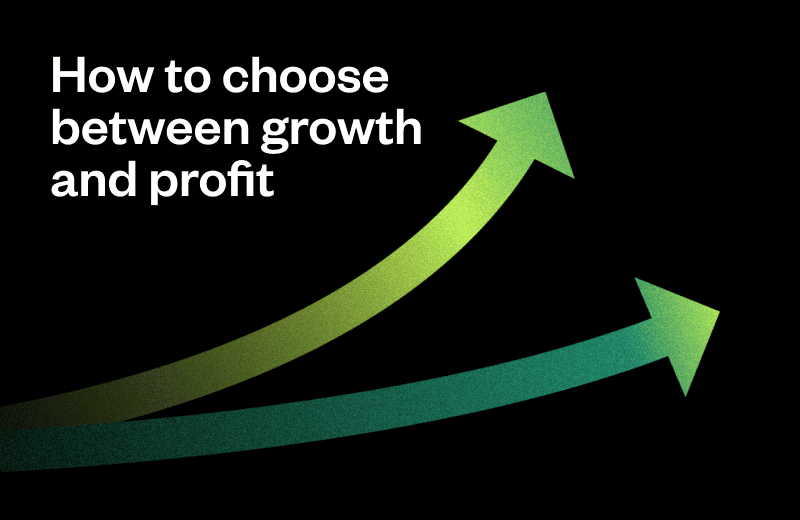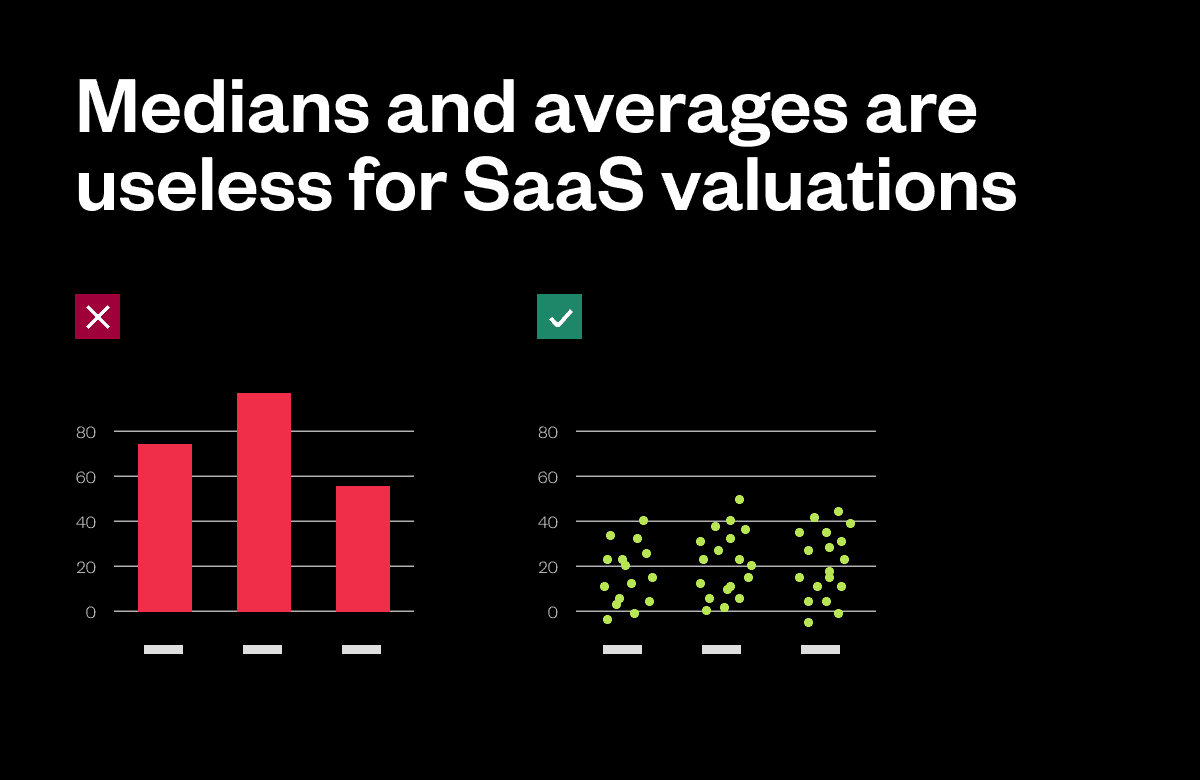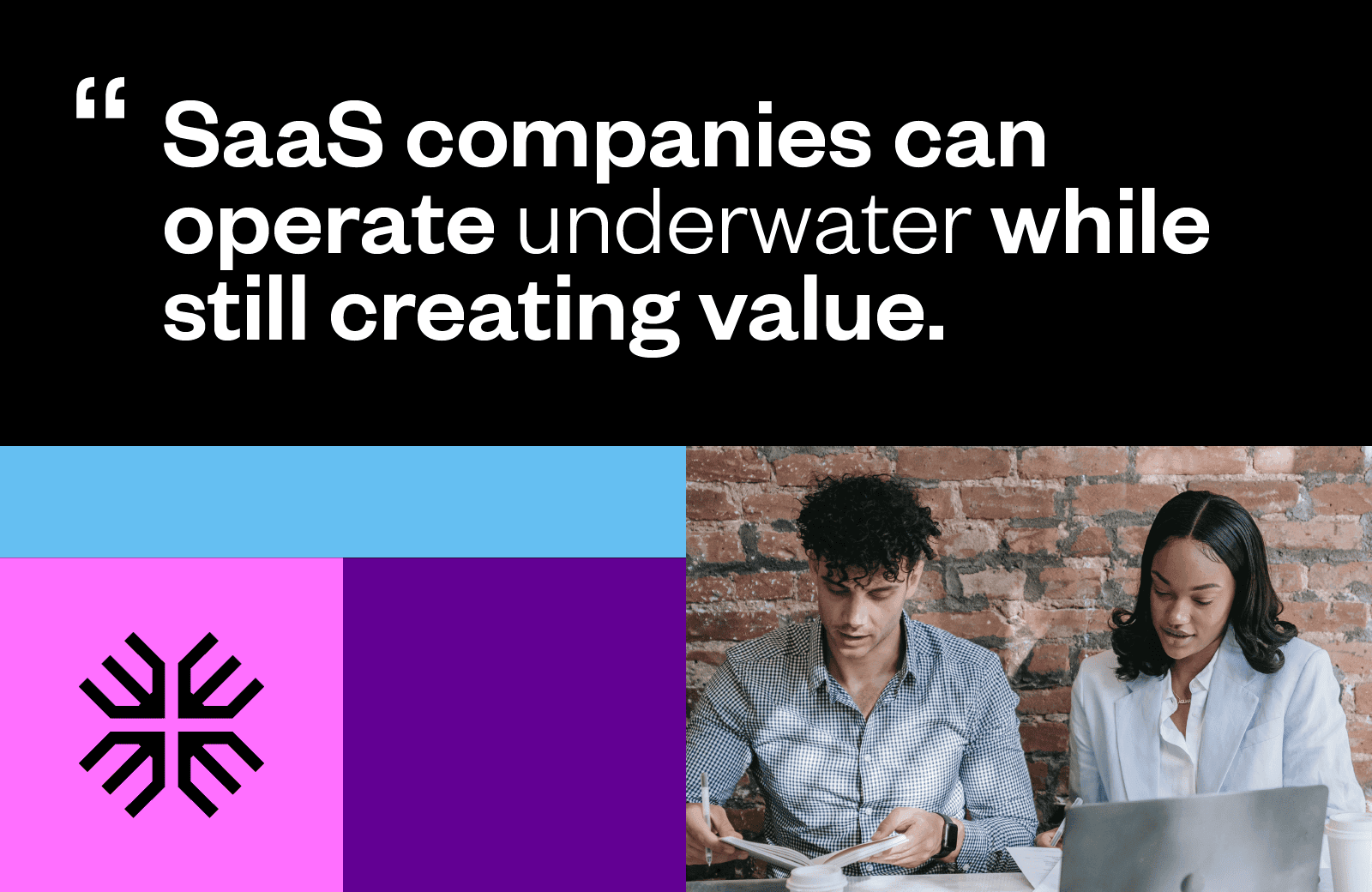Unless you’re determined to bootstrap your way to an IPO, securing funding is one of the first hurdles you’ll have to face to successfully scale a SaaS business.
Early access to capital in the beginning stages of a startup is what allows companies to achieve rapid growth and capture market share before it’s too late, which means securing funding could significantly impact your company’s long-term success.
As the pressure to build faster and scale continues to influence the tech space, both SaaS veterans and IPO hopefuls have funding on their minds. But how does one go about securing funding? And which type of funding might be best for your company? Here’s everything you need to know to get started.
How does SaaS funding differ from traditional business funding?
Venture capitalists love SaaS companies because they’re incredibly capital efficient—realistically, you could build a profitable SaaS business with less than 10 million in funding. Also, because SaaS companies don’t offer a physical product, they’re easily scalable and provide predictable, recurring revenue streams that are very attractive to potential investors.
Here are some of the questions that you should be asking yourself as a SaaS business owner before seeking out funding.
1. Should you be raising funds?
As a growing business, you’d think that any funding you can get is a good thing, right?. But this is not necessarily the case. SaaS funding comes with the opinions, suggestions, and (sometimes) demands of your investors, as they are now stakeholders in your company’s success. By investing in you and your venture, they’ve put their money on the line, and they want to see a return. Therefore, listening to their advice and taking their opinions into consideration should not only be helpful; it’s mandatory.
With these additional voices in mind, these are the certain cases in which funding would be beneficial for your company:
- Companies that can’t develop a minimum viable product (MVP) without funding, but have a good concept for a product, can benefit from SaaS funding.Without money, the actual fruition of their idea into a product would not be possible. In this case, investors would be investing in your idea rather than an MVP. This is often considered the pre-seed stage of funding—it’s the earliest stage of a SaaS business that’s still trying to get off the ground.
- Companies that already have MVPs developed can also benefit from Saas funding.Still, they’ll typically need to prepare a long-term strategy for growth, as well as the right product/market fit, before approaching investors. Formulating a plan for spending SaaS funding will not only increase the likelihood of an investor wanting to do business with you; it gives the entire company a broad roadmap of actionable goals to achieve in the coming years. This is typically considered to be the Seed stage of funding, where all the plans have been laid out and capital is the only thing keeping a company from scaling rapidly.
- Finally, companies that need an investment round to help them keep pace with their goals for growth also benefit from funding.This is where SaaS companies begin to enter their series A, B, C (etc.) rounds of funding. At this stage, a company has validated their idea, and now they’re looking for new ways to scale—this could mean expanding their value proposition beyond their initial customer segment or even developing a new product to target another industry or vertical.
2. Have you prepared your metrics?
Once a company has proved its product has market value and is ready to scale, investors will start to ask questions about its key success metrics. Investors ask this because they can use those metrics to determine if a company will succeed long term.
This section is meant to act as a checklist, so you can ace that part of an investor pitch, knowing what the important metrics are and what they indicate about your company’s health.
Low churn rates
Churn is the number of customers who leave your service, typically measured on a monthly and annual basis. Churn rates should be kept low, because it shows investors that customers are continually doing business with your company, which means your business is incurring steady revenue and saving funds on customer acquisition costs.
Monthly recurring revenue (MRR)
Good MRR projections are indicative of a predictable stream of revenue. Before providing SaaS funding, investors want to make sure that your company is able to produce consistent or growing monthly recurring revenue year over year.
Customer acquisition costs (CAC)
CAC is how much it costs your business to acquire a customer. This metric shows investors that you’re able to increase profit margins by keeping expenses to a minimum. It’s also a reflection of the success of your company’s marketing, sales, customer success team, and everyone else involved in the customer journey.
Average revenue per user (ARPU)
This is the average revenue a single user generates for your SaaS business, and it’s typically measured on a month-to-month basis. ARPU is an indicator of your business’s efficiency and can increase your chance of securing Saas funding.
Customer lifetime value (CLTV)
CLTV is the average amount of revenue your customer base generates for your SaaS company from the time they buy until they churn or stop using your SaaS. The higher the CLTV, the better you are at providing consistent value and great service to your customers.
3: Which type of investor is right for you?
Now that we have discussed whether an investment is something your business is ready for and the types of metrics investors want to know, let’s get into the different types of investors themselves, starting with the big sharks.
Venture capital
Venture capital/VC firms pool money for investment funds by asking their partners to contribute capital. VC firms usually invest this money in startups that they believe have potential.
Getting a funding round from a VC fund requires proof that your idea is viable in the market and has potential to scale. These investors will want to agree upon certain metrics that your company will hit within a certain timeline, as they will have terms set for the return they want to see on their investment.
A venture capital firm will also typically offer external resources to assist your company in its long-term growth goals. This gives early-stage companies access to consultants, fractional C-Suite executives, and other industry experts who can make an immediate impact on your company.
Angel investors
Angel investors often invest their money in your company for an equity stake. Since this SaaS funding comes from an individual instead of a firm, angel investors typically offer less money than VCs.
Angel investors like to do business with companies in the earlier stages, searching for those innovative ideas that have the potential to make a lot of revenue within the first three to seven years of their timeline. They tend to be more personally involved in the businesses they work with and like to get familiar with the founding team.
Accelerators and incubators
Accelerators and incubators are different types of investments than the first two discussed here, but they’re related in the unique ways they can help a business get on its feet.
Incubators are physical spaces that are set up to offer office space, in-house expertise and training, special equipment, and network access to SaaS businesses. As incubators are “rented spaces,” they are more geared towards companies still in the seed stage.
On the other hand, accelerators are usually run with private funds, offering businesses seed Saas funding in exchange for equity. Accelerators are like incubators without the physical space; they offer their consulting services, networking, and capital to help seed companies grow rapidly.
Incubators and accelerators are a great way for a young company to prove the validity of their idea in the competitive tech space. An investment from one of these sources shows that someone thinks there’s significant potential in your business, which almost always leads to future investments down the line.
Revenue-based financing
Also referred to as royalty-based financing, this type of SaaS funding involves investors giving a business a loan in exchange for a percentage of your company’s ongoing gross revenue. Since this type of investing works on a loan model, investors instead receive a share of a business’s income in exchange for their loan. This trade is ongoing until a predetermined amount of the loan has been paid back to the investors.
This is an excellent type of SaaS funding for business owners who do not want to partition equity in their companies and are looking for a “one and done” investment deal. However, if your company doesn’t have steady revenue yet, this type of investment will not work for you. Investors will need proof of turnover if they are to give your business a loan.
Strategy should precede money
SaaS funding is only as strong as your strategy to utilize and leverage it. Do some reflection and research before you hop into finding investors to fund your venture. This will not only help you maximize SaaS funding when you receive it, but having a plan for the future of your Saas company will also make you come across as worthy of investment.




